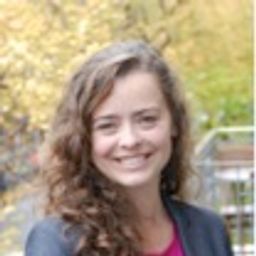12.00 Heritage Revival and "High Islam" in Dubai
Mon statut pour la session
Dubai’s explosive growth over the past several decades and the proliferation of its urban spectacles have been well documented. The population has grown from 120,000 in the late 1960s to over two million today as the Emirate first discovered oil and subsequently developed banking and finance, manufacturing, trade, tourism, real estate, and other sectors in recent decades. Urban development in Dubai has been ambitious, generally unrestrained and frequently ostentatious, with many projects seeking to attract global attention with their novelty and unprecedented scale. For example, many massive artificial islands constructed off the coast of Dubai, seemingly designed to be viewed from Google Earth, are shaped like palm leaves, the earth, and the universe, and were created to house luxury villas for the global elite. The Burj Khalifa currently holds the record as the tallest building in the world; and lavish malls, an indoor ski hill, and a seven-star hotel are among the many projects that have branded Dubai as a city of spectacles.
The aspiration to be a global city has transformed the city from a cluster of modest stone and mud buildings into a glittering metropolis in just four decades. One of the main consequences of this growth is a sense of placelessness and homogeneity, in which many parts of Dubai look like parts of many other cities. Corporate towers, international retail chains, “world class” condo complexes, highways, and a car-centric culture have prompted some soul-searching within the Emirate and the sense that some part of the local culture and identity has been lost.
In recent years a series of new private retail projects in Dubai have taken a radically different aesthetic path. Rather than adopting a corporate “global” look, several new shopping centres have looked to the past to create a high-end “heritage” experience for shoppers. In this paper, I turn to two recent major projects in Dubai. First, I examine Ibn Battuta Mall, a massive shopping centre that is designed to encapsulate the life of the great medieval Moroccan traveler, Ibn Battuta, famous for having traveled across the Muslim world as far as China. The mall is divided into sections that recreate each major Muslim region to which he traveled: North Africa, Andalusia, Egypt, Iran, Mughal India, and China. While it is a typical shopping centre with food outlets, anchor department stores, retail stores, and other facilities, the Ibn Battuta Mall also has an important “edutainment” dimension, with interpretive panels about Ibn Battuta and Islamic historical artefacts on display, all of which are intended to enhance its authenticity as a truly Muslim space.
The second example I explore is Wafi Centre, an Islamic dining experience accompanied by shops selling gold, carpets, lanterns and other “Islamic” decorative home furnishings. Like the Ibn Battuta Mall, Wafi Centre is a venue for Emiratis to connect with the great civilizations of Islam through themed restaurants featuring decors, menus, and servers designed to transport the customer to medieval Cairo, Ottoman Turkey, or and Arab Souk.
Significantly, “new built heritage” in Dubai draws on interpretations of select Muslim civilizations considered to be “High Islam,” rather than drawing inspiration from Emirati history and culture, thus creating an implicit hierarchy between local Muslims and those of the imported civilizations. To understand this recent emergence of “new built heritage” in Dubai, I draw on recent work in cultural geography to explore the cultural politics and power relations embedded in such projects.

Discussion